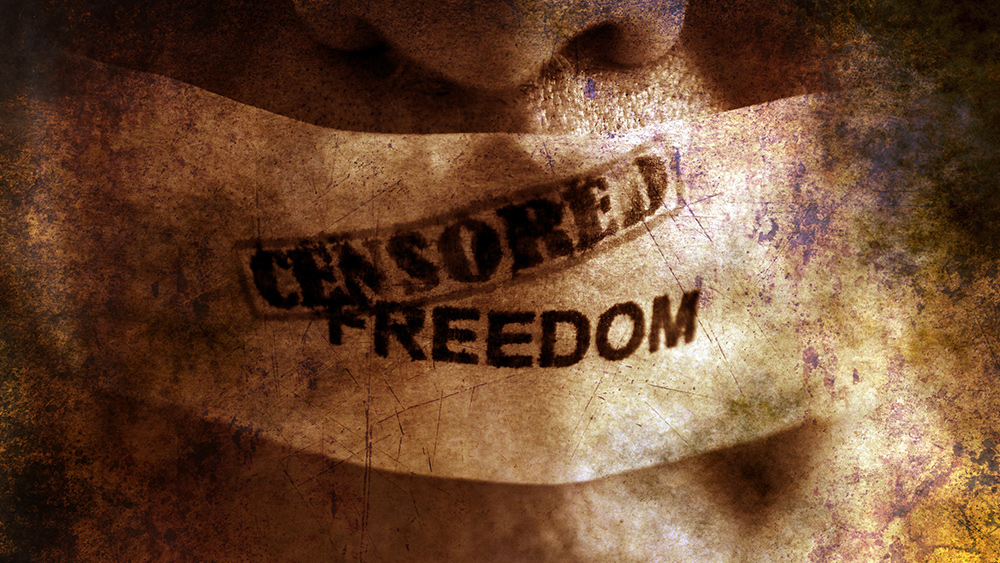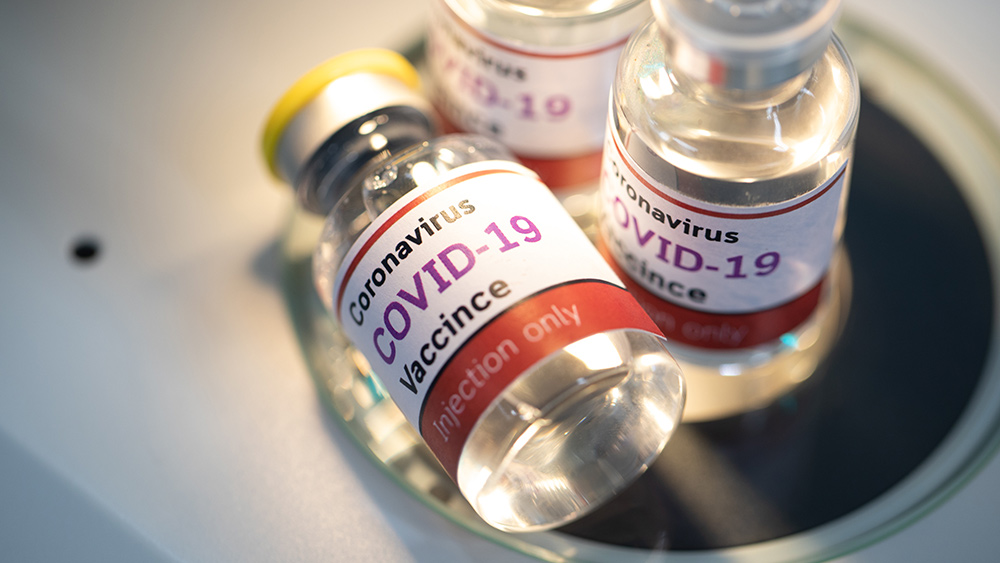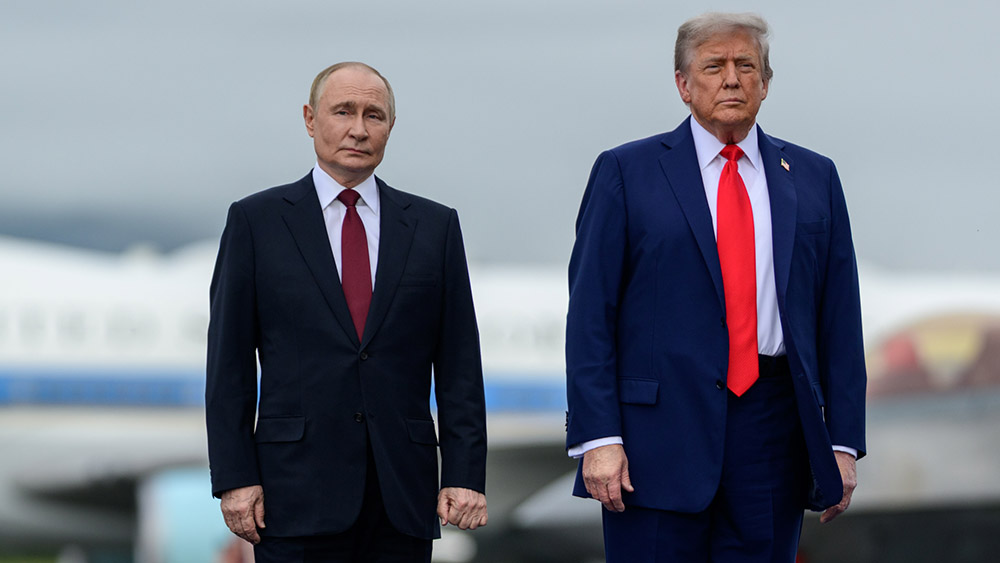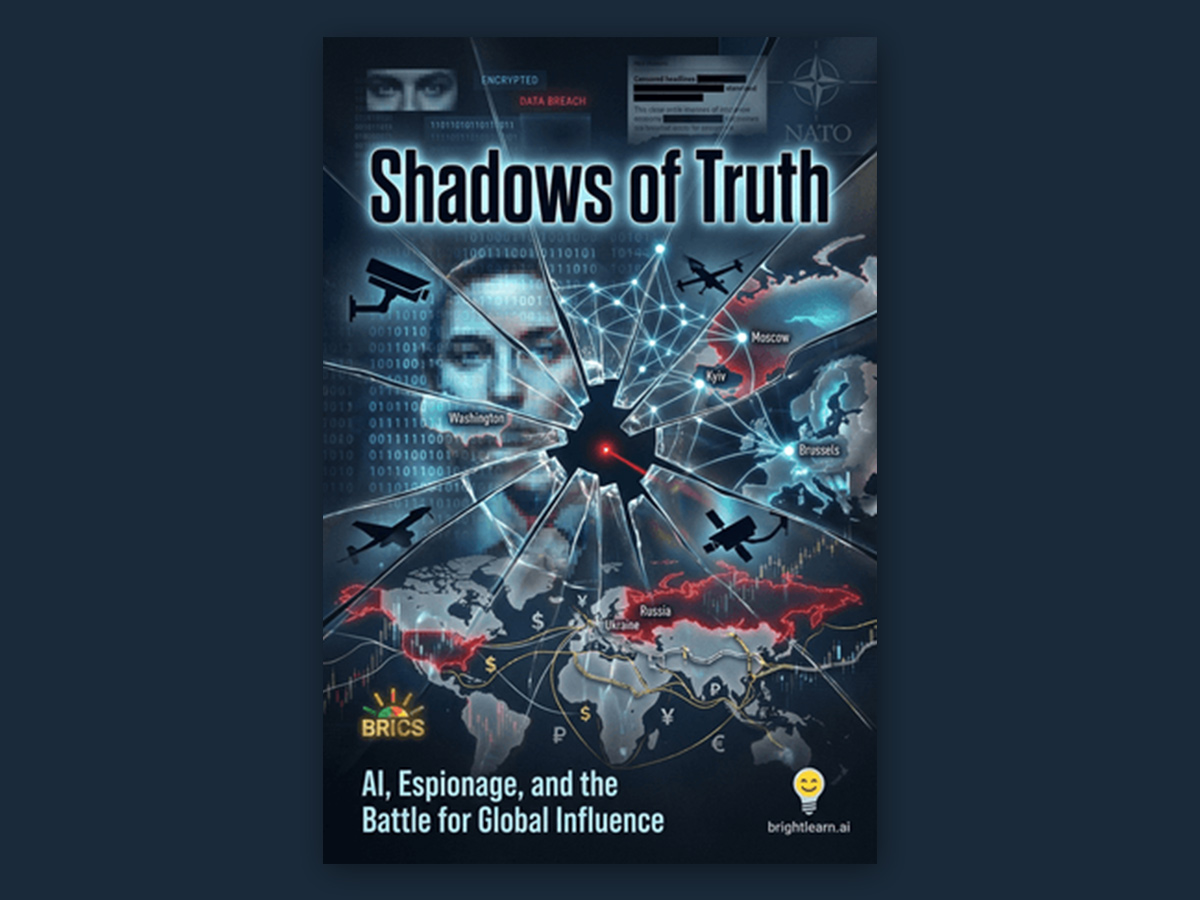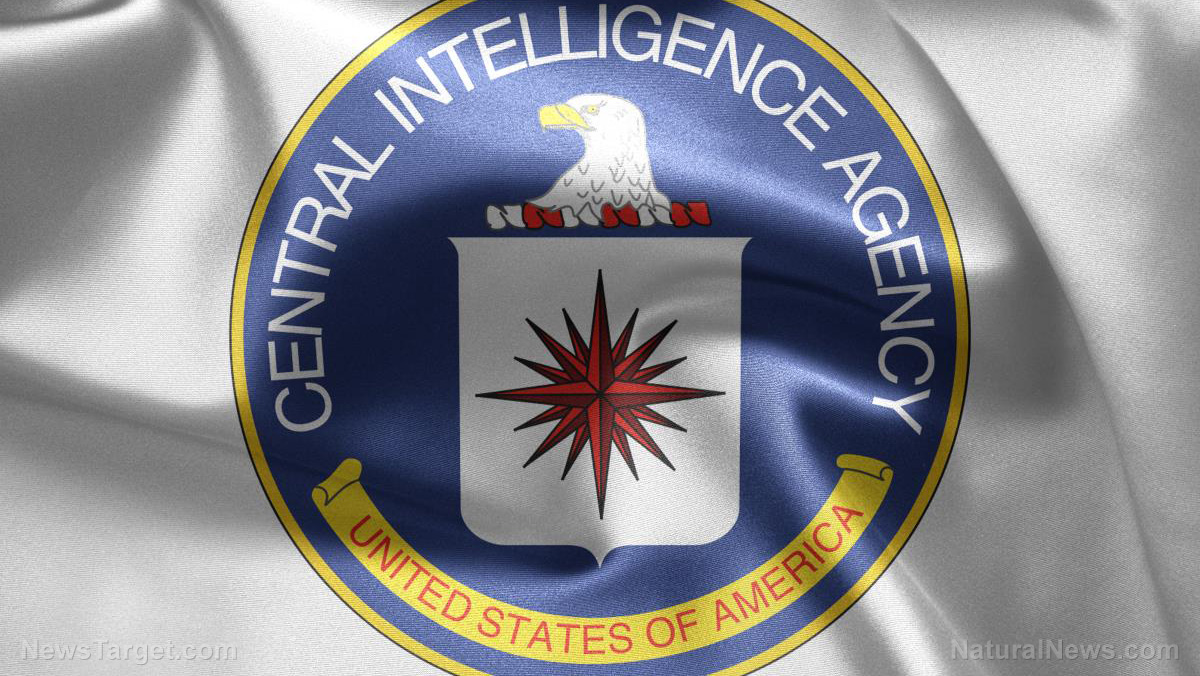
More cases of Havana syndrome uncovered
The number of cases of Havana syndrome within the Central Intelligence Agency (CIA), the Department of State and the Department of Defense spurred broad concern in the Biden administration. Initially, there were only around 60 publicly confirmed cases, concentrated in China and Cuba. This did not include a group of injured CIA officers, whose total isn't public. The new total now includes cases from Europe as well as elsewhere in Asia. The expanded number reflects the administration's efforts to more thoroughly review other incidents amid concern over a spate of them in recent months. At least three CIA officers have reported serious health effects from episodes overseas since December, including one that happened within the past few weeks. All have been required to undergo outpatient treatment at the Walter Reed National Military Medical Center or other facilities. In one particular case from 2019 that had not previously been reported, a military officer serving overseas was overcome by nausea and headaches while pulling his vehicle into an intersection. The officer's 2-year old son, sitting in the back seat, also started crying. But after he pulled away from the intersection, his nausea stopped and his son stopped crying. Meanwhile, officials are also investigating two separate incidents that occurred near the White House shortly after the 2020 presidential election. Here, two members of the National Security Council reported symptoms that struck near the entrances to the grounds on separate occasions, weeks apart.Havana syndrome most likely caused by microwave attack
A report released back in December by the National Academies of Sciences, Engineering, and Medicine states that the incidents were most likely caused by a microwave weapon. Written by a committee of 19 experts in medicine and other fields, it cited "directed, pulsed radiofrequency energy" as the "most plausible" culprit to explain Havana syndrome. That said, the committee stated that they could not rule out other possible causes and that secondary factors may have contributed to the symptoms. Commissioned by the State Department, the report provides the most definitive explanation yet of the illness. The report also reveals strong evidence – carefully couched in scientific language – that the incidents were the result of malicious attacks. It attributes the syndrome to "directed" and "pulsed" – rather than "continuous" – energy. This implies that the victims' exposure was targeted – not simply the result of more common sources of microwave energy, such as cellular phones. The report also stated that the committee found that the symptoms reported by patients seemed to come from a specific direction, or occurred in a specific spot in a room. These, the report stated, were more consistent with a directed "attack" of radiofrequency energy. The report has led some government officials to suspect that Russia's military intelligence agency may be behind the incidents. But the U.S. government itself is not yet ready to assign blame. "As of now, we have no definitive information about the cause of these incidents, and it is premature and irresponsible to speculate," Amanda J. Schoch, the spokeswoman for the Office of the Director of National Intelligence, told the New York Times. At the same time, Moscow has repeatedly denied any involvement. To get to the truth behind the attacks, the National Security Council has begun an intelligence review. This review is aimed at discovering whether additional unreported incidents fit the pattern. "We are bringing the U.S. government’s resources to bear to get to the bottom of this," stated Emily J. Horne, a spokeswoman for the council. The CIA is also getting into the act. The agency has formed a new targeting cell to try to gather more information about the episodes, how they occurred and who is responsible. The cell is stated to be operating with a similar rigor and intensity to the group that the agency expanded after the Sept. 11 attacks to hunt Osama Bin Laden. CIA director William J. Burns has moved aggressively to improve the agency's response, according to both current and former officials. Under his watch, the agency has cut the average wait time for injured officers at Walter Reed from eight weeks at the end of last year, down to less than two. Follow NationalSecurity.news for more updates on these mysterious attacks. Sources include: LiveScience.com NYtimes.com 1 CNN.com NYTimes.com 2Four British Airway pilots DIE in the same week, just days after getting second covid shot
By Lance D Johnson // Share
Fox reporter says boss told her to “cease and desist” talking about hydroxychloroquine
By Ethan Huff // Share
Drought could force California power plant to shut down at hottest time of the year
By Virgilio Marin // Share
Coronavirus cases in surge across the UK, even though 8 in 10 adults have received the “vaccine”
By Arsenio Toledo // Share
U.S. reportedly preparing new SANCTIONS against Russia if Putin rejects peace deal
By ramontomeydw // Share
Ukrainian public trust in NATO plummets as poll reveals deep skepticism toward U.S.-led alliance
By patricklewis // Share
Shadows of Truth: How governments and Big Tech manipulate reality
By kevinhughes // Share


